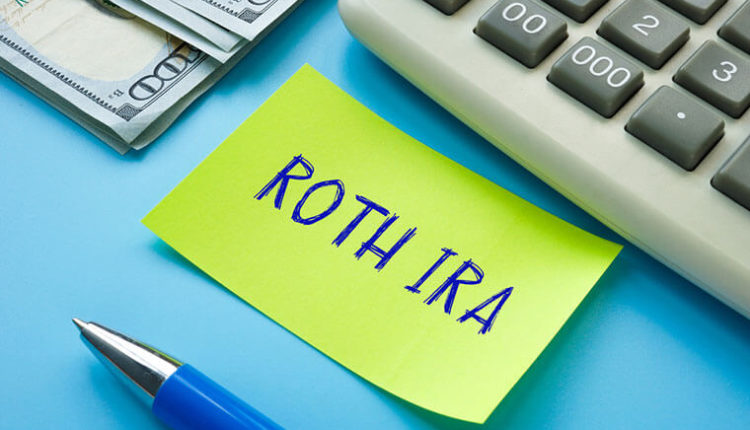
What is “rotification” and what does it mean for us who save for retirement? The root word for ratification is “Roth,” which is a type of retirement plan or IRA, where all contributions come from already taxed money. Thus, ratification is a change in pension savings from a pre-tax base to a post-tax base. The government likes the concept of Roth because it can get money (i.e. taxes) earlier than allowed by a traditional IRA or a traditional pension plan. Under the traditional plan, contributions are made from dollars before taxes, and all earnings under the traditional plan are deferred by tax; the government must wait until you start withdrawing your savings before it can collect taxes on them.
Imagine you started saving for retirement through a traditional TSP 30 years ago in 1991 when you joined the federal service. For 30 years, Uncle Sam (and many state tax authorities) could not touch that money. When you withdraw, you will begin to gradually withdraw that money in addition to the FERS annuity and social security. The government receives little tax money over a period of, perhaps, another 30 years. In terms of taxes and spending, the government is not large towards deferred gratification and there are a significant number of MPs who want to abolish pre-tax pension contributions.
Early versions of the 2017 Tax and Job Reduction Act (TCJA) contained provisions that drastically reduced the elective amount of deferral for retirement plans. The optional deferral amount is the amount that can be deducted from taxes in a traditional retirement plan. Those provisions were not included in the final version of the bill, and the election amount of the postponement today is 19,500 US dollars.
There will be more rotifications in the future. As early as May 5, the Committee on Household Ways and Means unanimously adopted and sent to its full composition the Law on Ensuring Strong Retirement from 2021. Experts have called this law SECURE 2.0 and Son of SECURE. Those as old as I am are waiting for someone to try out the nickname SECURE and Gidget Go Hawaiian. What would this law do if it were in force? 1) It would enable SIMPLE and SEP Roth IRAs; 2) It would allow employer contributions that match (in plans like TSP) to be paid into Roth accounts. Today, all appropriate contributions must go to traditional accounts.
Is this trend towards rotification bad? It is not necessary; if withdrawals from Roth plans and Roth IRAs are eligible, no payroll tax accrued over the life of the account is calculated. For withdrawals to be considered eligible, two things must be true: 1) You must have had a Roth account for at least five years (e.g., if your first contribution was made in 2021, you meet the five-year requirement on January 1, 2026); and 2) You must be at least 59 ½ years old when withdrawing money.
But wait! Let’s raise our hands to readers who believe Congress will fulfill the promises of savers in 2021 when it’s 2051, and Uncle Sam lacks revenue. The future Congress could move to taxation or partial taxation of withdrawals from Roth accounts. We need to keep our eyes open and protect our retirement savings.
But there are some things in SECURE meet Godzilla (I’m sure someone will call it before it’s all over) that are without a doubt positive.
• The age for receiving the first required minimum allocation (RMD) would increase to 75 from 72 years.
• IRA contributions (currently $ 1,000) increase annually for inflation.
• Individuals of older age (60, 62, and others floated) will be allowed to make higher contributions for damages than those between the ages of 50 and any age agreed upon by Congress.
• The penalty for missing an RMD would be reduced from 50% to 25%.
Remember, however, your civic school class where you learned how the bill becomes the law. Going through the Home and Ways Committee is early, though an important step in the passage of the Safe Son. If you have any feelings about the proposed pension savings changes, do not hesitate to contact your elected representatives.
Cancellation of Roth’s contribution; Re-characterization
Do you really need to save 10X salary for retirement? Not if you have a pension
Yes It is ok to spend your TSP in retirement

